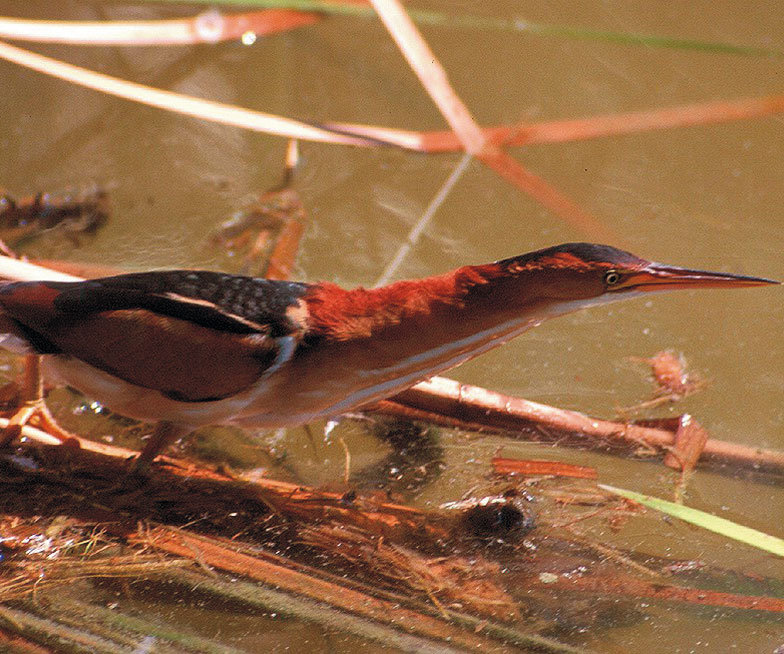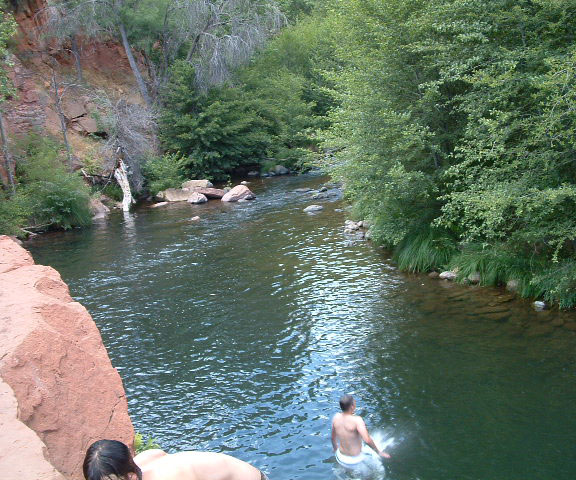Streams of life
Riparian areas have been called “streams of life” and “life-blood” of the desert.
Approximately 60 to 75% of Arizona’s wildlife species are dependent on riparian habitats to sustain their populations, yet riparian areas occupy less than 0.5% of the state’s total land area. The areas provide food and shelter for wildlife species, shade for temperature regulation of the water (which helps fish) and provides habitat for many small animals and insects that, in turn, provide food for many other wildlife species.
Riparian areas are among the most productive ecosystems in the world and they be the highest, even rivaling our best agricultural lands. They are very efficient converters of solar energy. Through photosynthesis, plants convert the sunlight into plant material or biomass and produce oxygen as a byproduct. The biomass provides serves as food for many animals, both aquatic and terrestrial.


Why should we care?
This question is often asked and usually answered in terms of wildlife habitat. However, riparian areas are essential to people too. Riparian areas areas purify our water by removing organic pollutants, chemicals and sediment. They also allow more water to percolate through soils to the water table. Both water quality and quantity are enhanced by riparian areas.
People build homes in riparian areas to take advantage of shade, trees, good soils, nearby stream and wildlife and for their beauty. Riparian areas are among the most popular recreation sites because they offer so many opportunities to enjoy the outdoors.